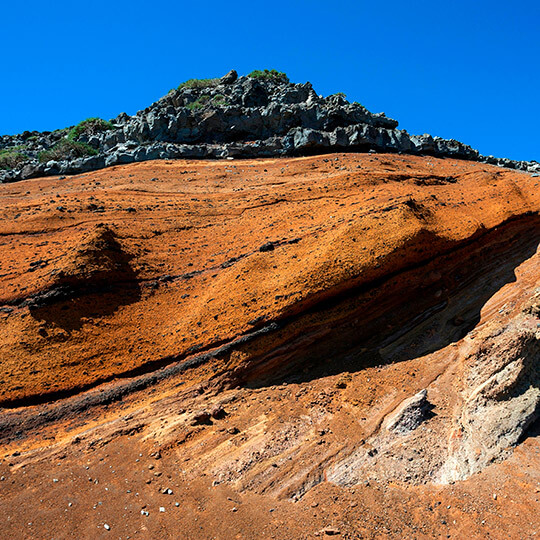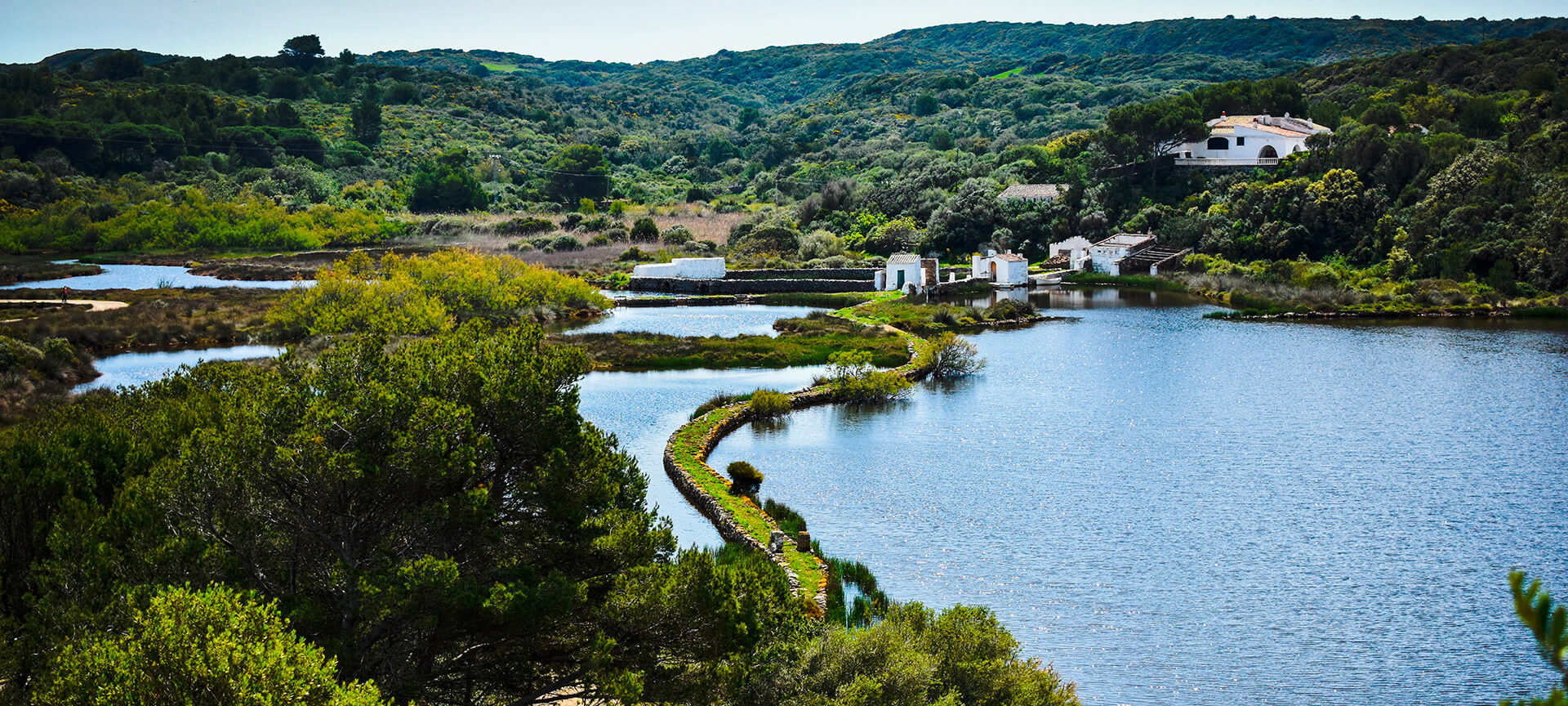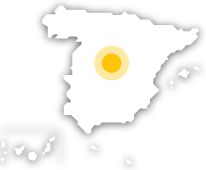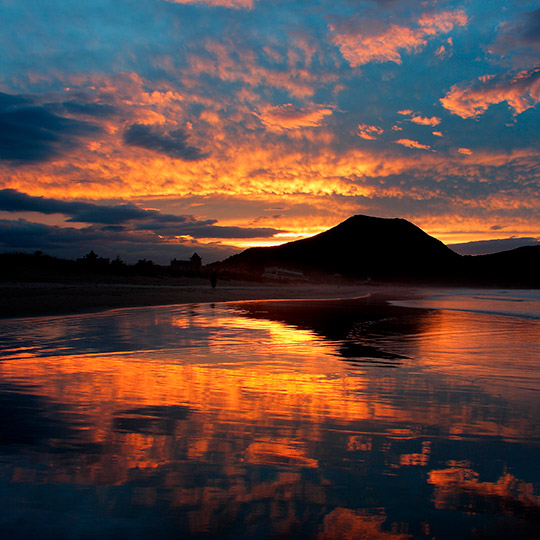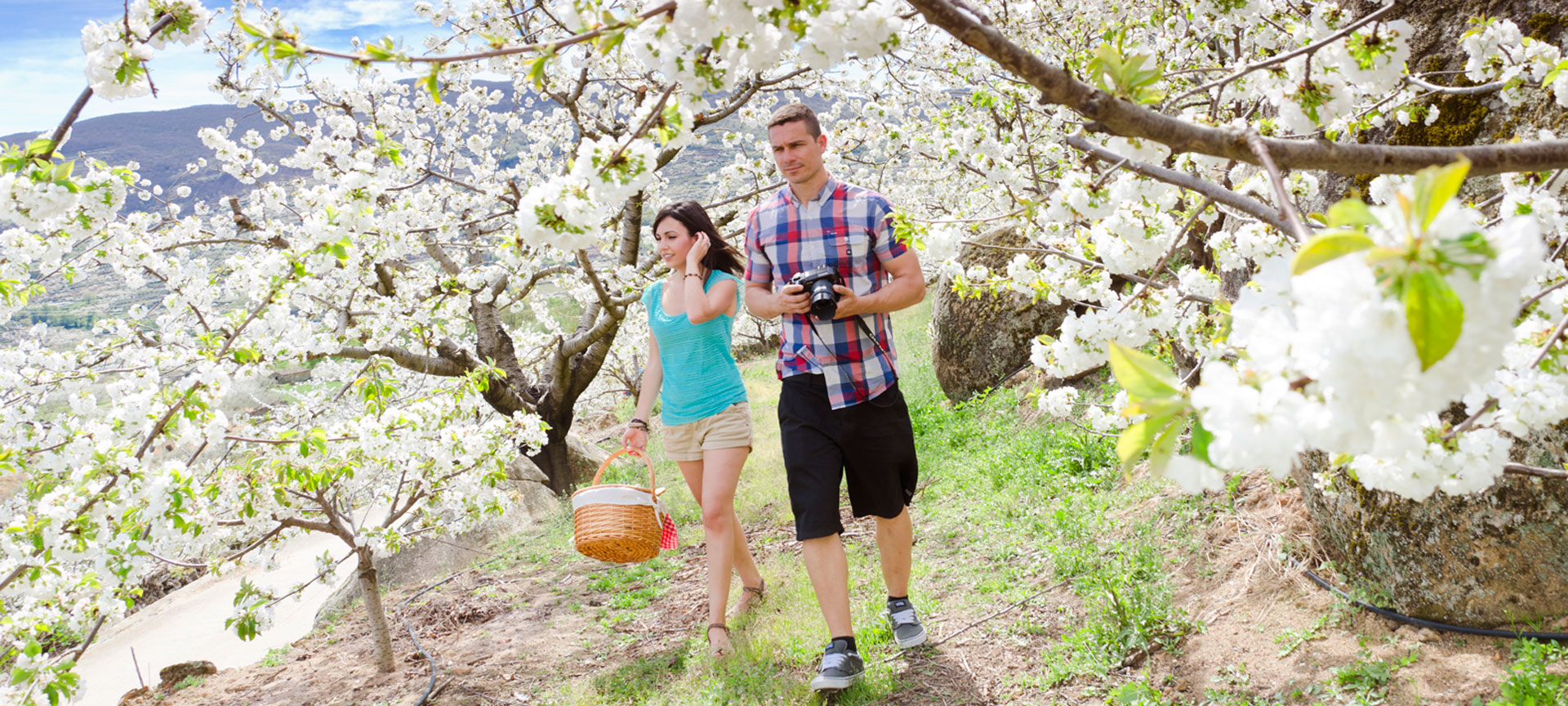Spain's westernmost natural parkThe first rays of sunshine reach Spain at Cumbre Vieja Natural Park on the island of La Palma. This park was created to preserve volcanoes and volcanic lava flows. When you visit, you can follow the Ruta de los Volcanes, the path that crosses it from north to south.Spain's most easterly natural parkWhen the sun sets in the west, it bathes the S'Albufera des Grau Natural Park on the island of Menorca. Waterfowl and birds of prey stand out. You can follow the most famous path known as Camí de Cavalls, which passes by the Favàritx lighthouse and the beautiful coves of Presili and Tortuga.
